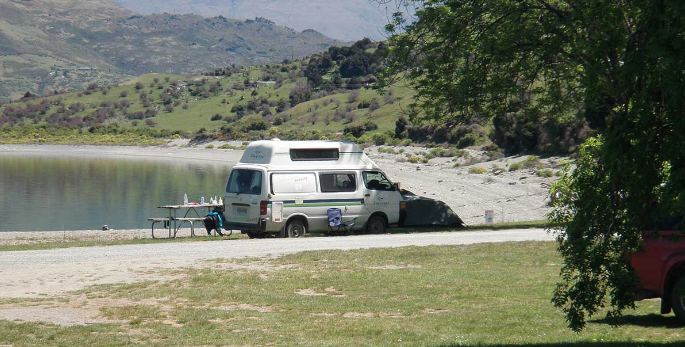Decline in visits to some local hotspots
Tony O'Regan
14 September 2021, 6:04 PM
 Hikers queueing for a photo on the Roys Peak track in busier times. PHOTO: Supplied
Hikers queueing for a photo on the Roys Peak track in busier times. PHOTO: SuppliedVisitor activity on Roys Peak track was down 67 per cent according to the recently released Visitor Insights Report for the 2020/21 year.
The report, released by the Department of Conservation (DOC), shows a significant decline in visitors to the southern South Island compared to the average of the past three years, saying the decline is as expected given the closure of international borders.
Places most affected were Milford Sound, with boat passengers down 73 per cent, and Franz Josef Glacier where visitation to DOC managed areas was down 72 per cent.
Despite the decline in visitation, Aspiring and Siberia huts, located in Mount Aspiring National Park, were popular, DOC said.
Kidds Bush campsite, located at the north end of Lake Hāwea, was among the more popular campsites according to the report, while campsites on Milford Road felt the lack of international tourists with annual occupancy rates of just three per cent.

Kidds Bush, on the shores of Lake Hāwea, was one of the busiest DOC campsites in the southern South Island over the summer. PHOTO: DOC
DOC said the majority of visitors described their experiences as authentic, memorable and personally meaningful.
“It’s awesome to see New Zealanders getting out and enjoying our natural and historic places in higher numbers,” Otago Conservation Board (OCB) chair Tara Druce said.
The OCB said it is keen to ensure they have adequate tools to manage visitor impacts and overcrowding at tourism hotspots before the borders reopen.
“With the massive growth in tourism numbers in recent years we had started to see the adverse
effects on public conservation lands and visitors’ experience of them,” Tara said.
“It has indeed been a significant focus for us as we considered the levers for managing a number of ‘hot-spots’ within Otago, to encourage positive outcomes and minimise or eliminate the negative.”
Last year a tourism taskforce delivered a report to the government recommending management tools, but its recommendations have not been adopted.
The Minister of Tourism indicated in May 2021 that a Tourism Industry Transformation Plan would be developed, which work on the current destination management plan is expected to inform.
Related: Push for sustainable tourism gathers pace
The Department of Conservation (DOC) Visitor Insights Report for the 2020/21 year explores half-yearly data, collected between November 2020 and May 2021, with a specific focus on tourism activity across Aotearoa at a national and regional level.







